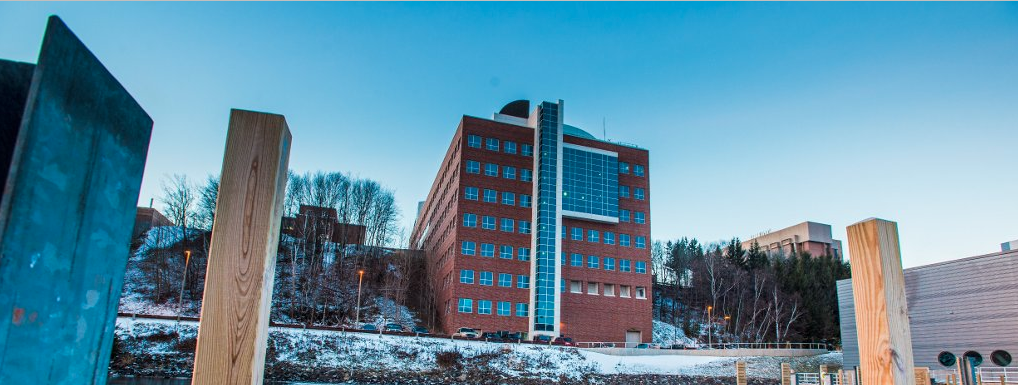Files
Download Presentation Slides (540 KB)
Publication Date
3-1-2017
Description
Bioabsorbable metal stents are being developed to mitigate the long-term side effects associated with corrosion-resistant stents. A decade-long research with iron (Fe)- and magnesium (Mg)-based stent materials has concluded with little success. Fe produces a voluminous, retained oxide product in the arterial wall, whereas Mg and its alloys corrode too rapidly. A breakthrough in the field of biodegradable metallic stents was made in 2013 in our research team (Drs. Goldman – Biomedical Engineering and Drelich – Materials Science and Engineering) with the introduction of zinc (Zn) and its alloys, which are free of the flaws observed for Fe- and Mg-based alloys. Zinc metal can be alloyed to improve mechanical properties. A benign neointima layer forms around zinc implants in the rat artery with suppression of harmful cell populations, out to ~1 year. Based on encouraging results, we are proceeding to manufacture and testing of zinc cardiovascular stents in pigs.
Disciplines
Biomedical Engineering and Bioengineering
Recommended Citation
Goldman, Jeremy, "Biodegradable zinc vascular implant materials" (2017). TechTalks. 45.
https://digitalcommons.mtu.edu/techtalks/45


